A few years ago, tubeless tires were sold as an additional feature in cars and bikes. But today, tubeless tires have largely replaced tube tires, and there are reasons behind that which we’ll discuss shortly. But before that, let’s understand the concept and exact differences between tube tires and tubeless tires.
Also Read: Why is India’s satellite view on Google maps blurry?
What is Tube & Tube Tyres?
In tube tires, there’s a dedicated tube that sits between the tire and the rim, holding the air pressure.
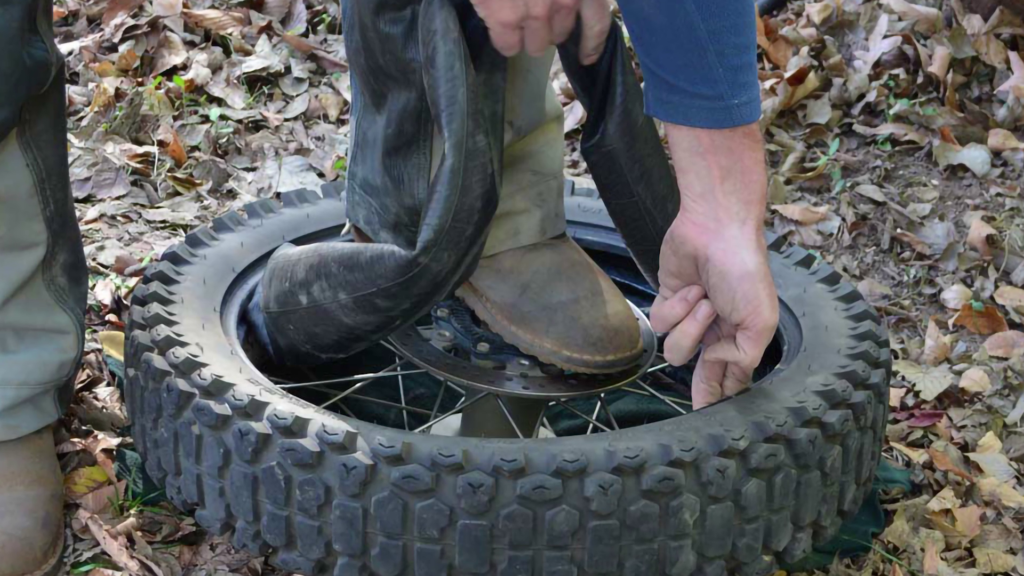
In contrast, tubeless tires, as the name suggests, don’t have a dedicated tube; instead, there’s an inner liner that works like a tube.
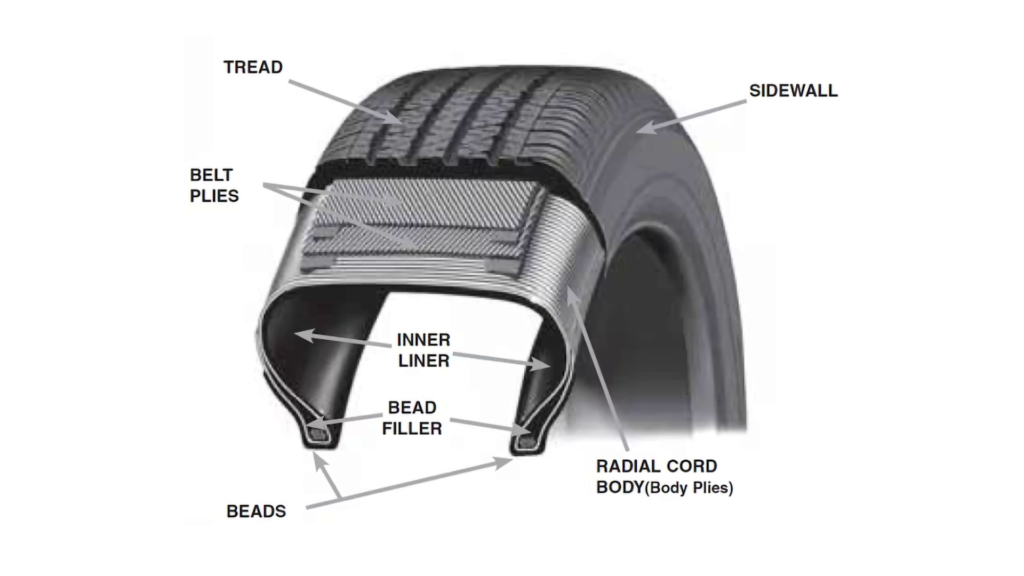
Tubeless tires seal tightly with the rim of the wheel. When air is pumped into the tire, pressure builds up between the tire and the rim. This is why you can understand that the rims for tubeless tires and tube tires are different. Sometimes tube tires’ rims can also support tubeless tires, but that’s a rare scenario, and in most cases, there’s a possibility of leakage in the future.
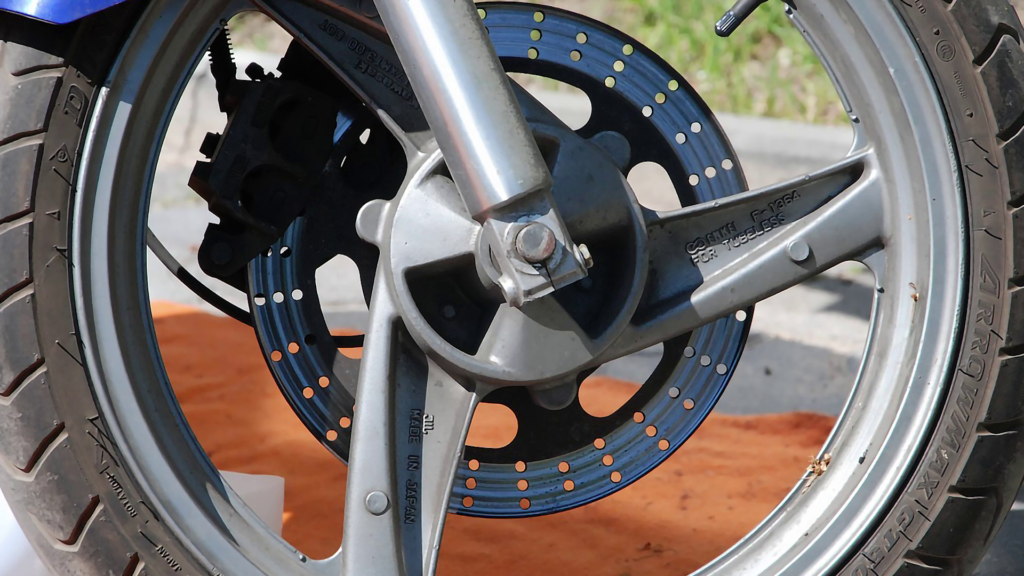
The question arises: since tubeless tire sealing heavily depends on the rim, what kind of rims can we use for tubeless tires? In general, tubeless tires work on alloy rims. Spoke wheels often don’t work well with tubeless tires, except for some special types of spoke wheels found in top-end adventure bikes, like side-laced spoke wheels. Basically, in casual spoke wheels, there are holes in the rims where the spokes attach. Because of this design, the tire cannot seal properly with the rim. That’s why tubeless tires are generally not used with spoke wheels.
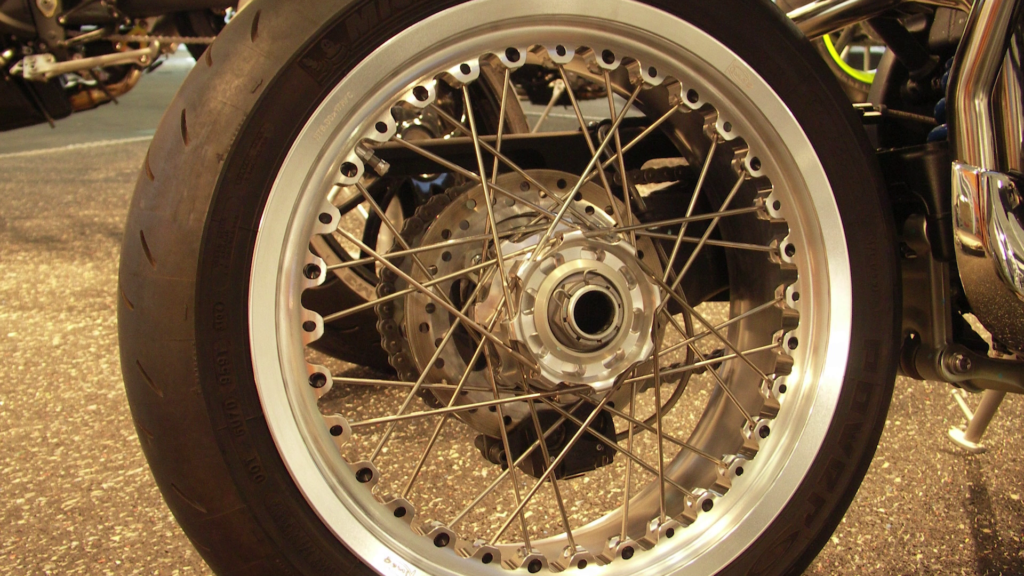
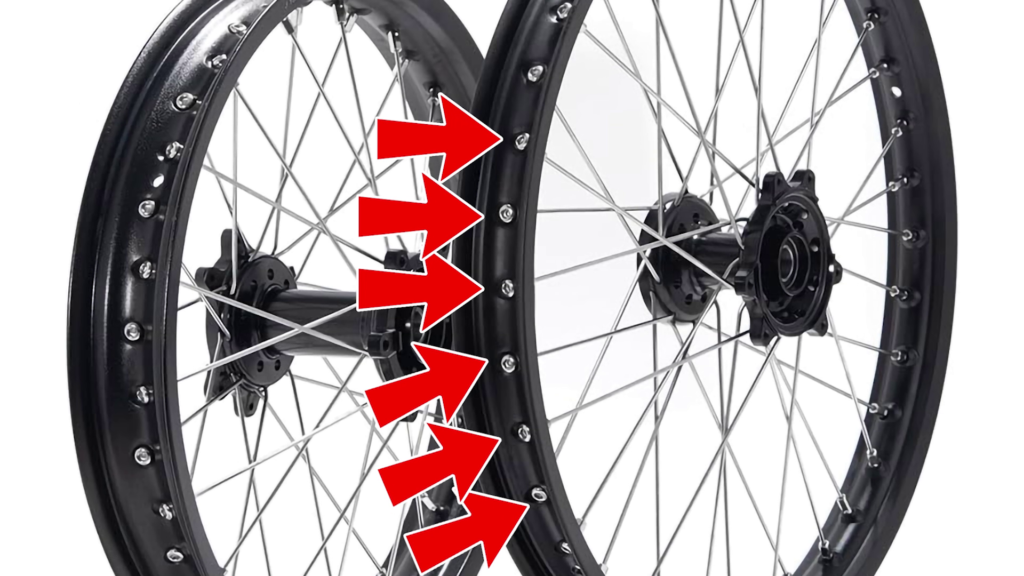
But this discussion doesn’t end there. The rims for tubeless tires are made in a special way, different from tube tire rims. And yes, it’s not possible to use tube type tires like tubeless tires.
One thing to keep in mind is that the rim should not be damaged in any way. If the rim gets damaged, the tubeless tire won’t be able to maintain pressure because it relies on the rim being intact. If the lip of the rim gets damaged, air will leak from there, eventually causing the tire to go flat.

The valve in tubeless tires attaches directly to the wheel, whereas in tube tires, the valve is part of the tube.


When tube tires and tubeless tires are compared side by side, construction-wise, tubeless tires are better. Since there’s no separate tube to maintain air pressure, the sidewalls of tubeless tires are thicker compared to tube tires. Due to this, tubeless tires are slightly more expensive. Even if you add the cost of the tube to the cost of tube tires, tubeless tires would still be cheaper.
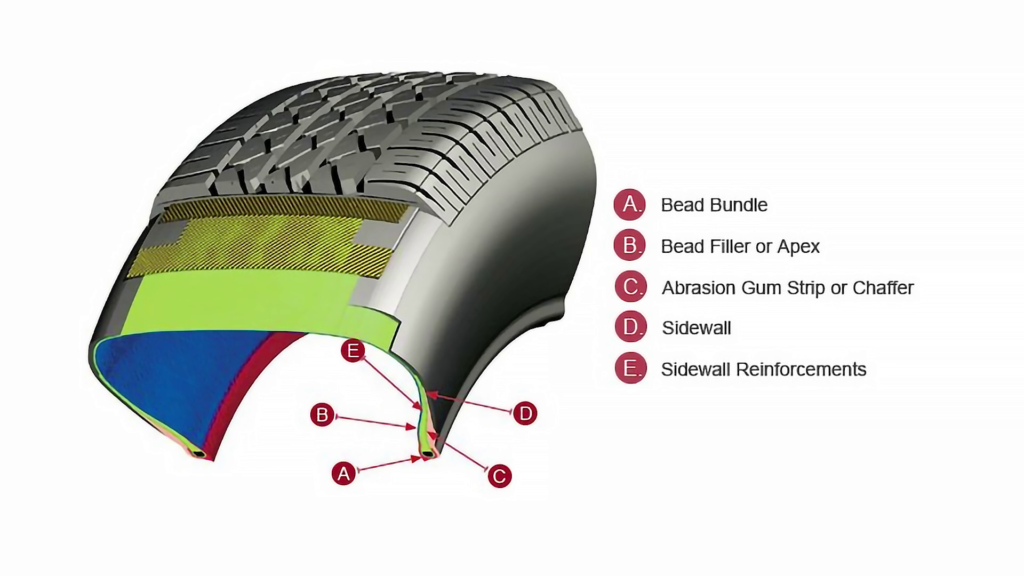
Tube Tyre Vs Tubeless Tyre
The issue of tire blowouts, especially during long runs, was quite common with tube tires. When a vehicle moves on the road, friction between the tire and the road generates heat. Due to the tube, the heat couldn’t transfer efficiently to the rim, leading to tire blowouts. This problem is significantly reduced with tubeless tires because there’s no tube to obstruct heat transfer, allowing the tire to stay cooler.
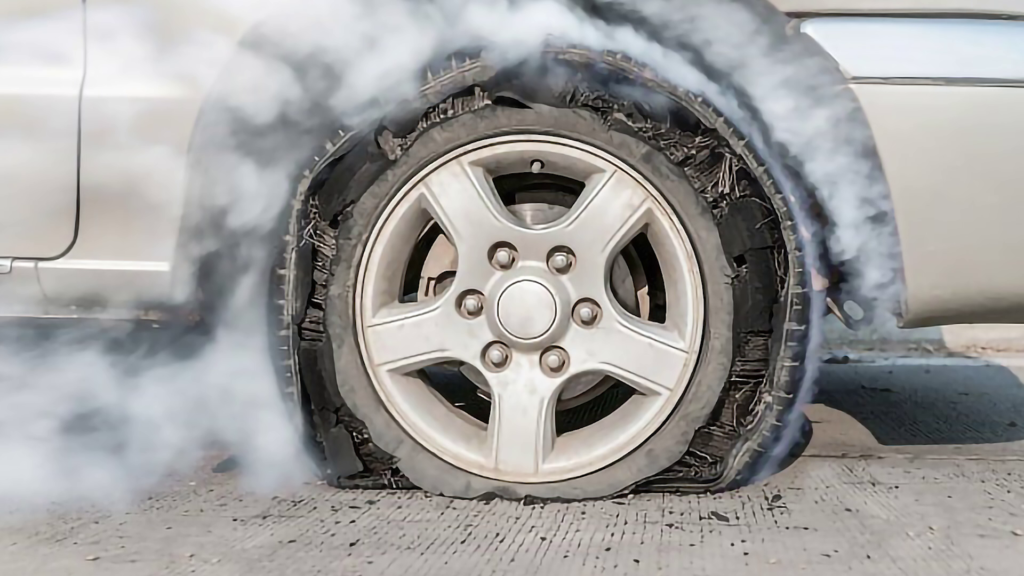
Another common problem with tube tires is that if the tire is under low pressure, the tube can get pinched or pulled at the valve stem location, leading to damage. While this problem exists with tubeless tires as well, the fear of tube damage is not present. However, if the vehicle is driven with low tire pressure, the tire can come off the rim, causing all the air to escape and the tire to go completely flat. Though this doesn’t result in significant monetary loss, fixing it can be troublesome and may require resetting the tire with the rim.
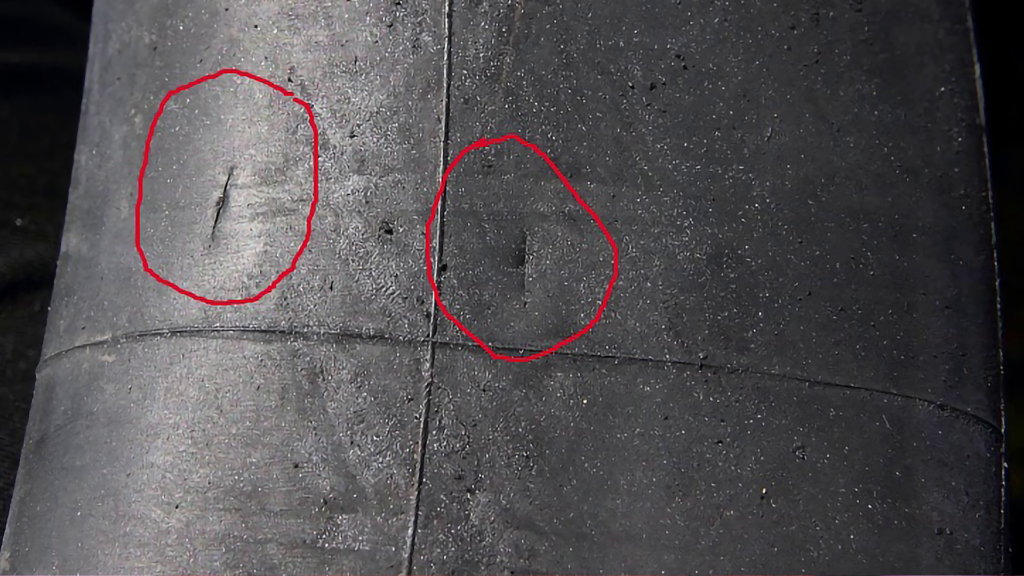
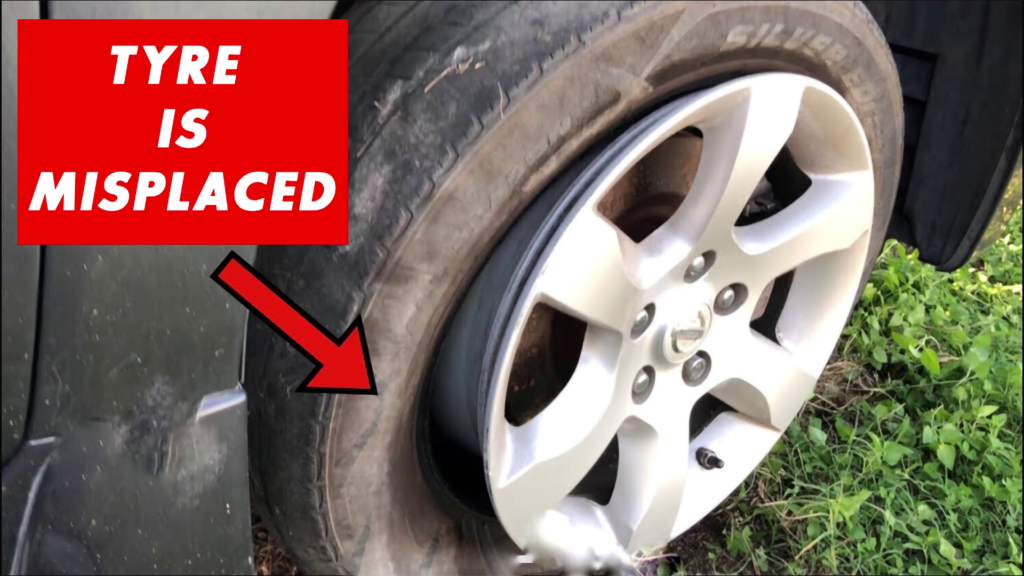
Moreover, the biggest advantage of tubeless tires is that if they get punctured, you don’t need to remove the entire tyre to fix it. Tubeless puncture repair strips are available, which can be inserted at the puncture site with the help of some specific tools. This process is relatively simple and can be done by almost anyone with a little practice.
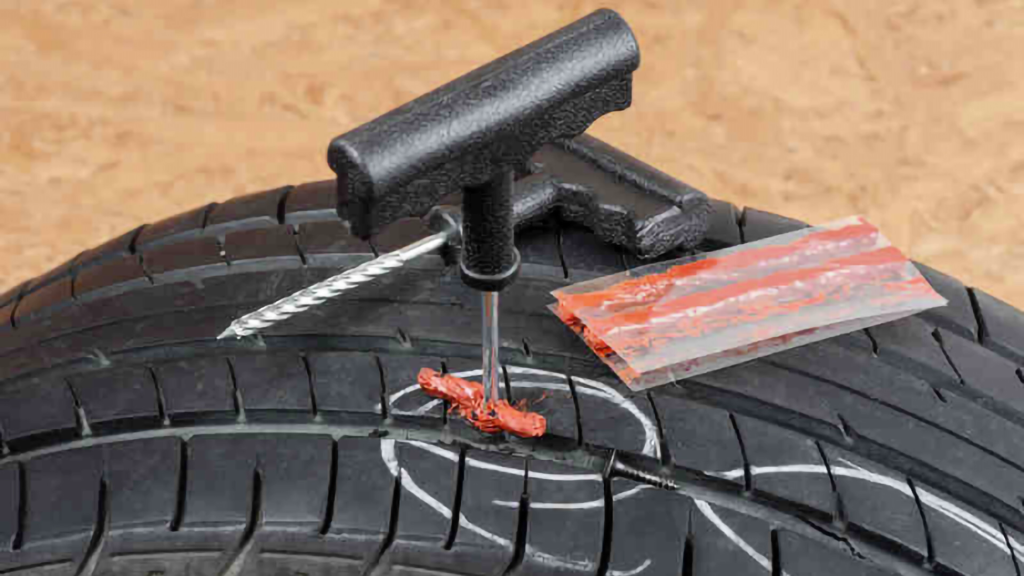
In contrast, repairing tube tires involves opening the entire tire, removing the tube, and patching the puncture hole with a piece of rubber cut from an old tube and glued that in place with rubber glue.
Repairing tube tires is almost negligible in cost, which is why puncture repair services/ puncture wallas charge very little for it, the only amount they cost is labor charge. However, for tubeless tires, including material costs, puncture repair services often charge a premium. Despite requiring less effort, the charge is higher due to the perception of new technology and methods.
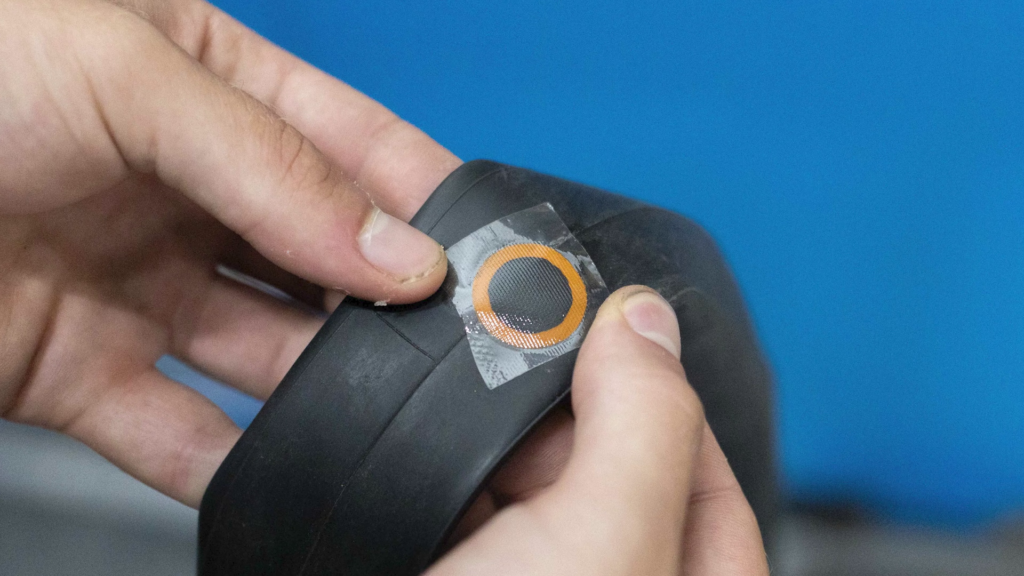
Compared to tube tires, tubeless tires have fewer puncture tendencies because they are slightly thicker. Even if they do get punctured, repairing them is easier. Additionally, if a puncture does occur, air pressure doesn’t instantly release.
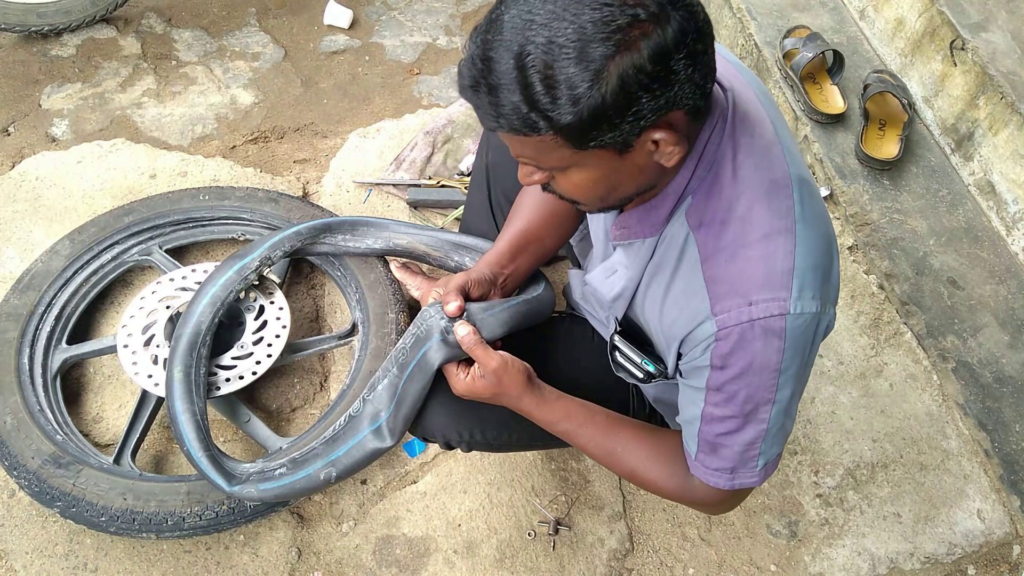
When a puncture happens in a tubeless tire, air leaks out slowly, gradually reducing the pressure. It may take some time before you realize there’s a puncture, perhaps after driving the vehicle for a day. This slow air leak reduces the risk of accidents.
In contrast, when a tube tire gets punctured, the tube instantly depressurizes, making it difficult for the driver to control the vehicle, increasing the risk of accidents due to imbalance. Furthermore, tubeless tires offer more safety on the roads as they give the driver enough time to react and control the vehicle after a puncture. This reduces the risk of accidents compared to tube tires.
Tubeless tires are also more convenient in situations where there are no puncture repair shops nearby. If you have a tubeless tire and it gets punctured, you have some time to drive to a repair shop, which may be several kilometers away.
Using tubeless tires also reduces the overall weight of the vehicle since there’s no tube, leading to improved fuel efficiency and handling.
Don’t Miss: 3D Printed House In India: Cost, Inside, Details Everything
While tubeless tires have many advantages, larger vehicles like buses or trucks may face difficulties if they use them. In urban areas, it’s often challenging to find shops capable of repairing tubeless tires, unlike tube tires, which have been around for a long time, making repair shops more common and accessible.
Tubeless tires are also more convenient in situations where there are no puncture repair shops nearby. If you have a tubeless tire and it gets punctured, you have some time to drive to a repair shop, which may be several kilometers away.
Using tubeless tires also reduces the overall weight of the vehicle since there’s no tube, leading to improved fuel efficiency and handling.
While tubeless tires have many advantages, larger vehicles like buses or trucks may face difficulties if they use them. In urban areas, it’s often challenging to find shops capable of repairing tubeless tires, unlike tube tires, which have been around for a long time, making repair shops more common and accessible.
In the Concluding Lines…
Now you know, what the differences between tube tyre and tubeless tyre is. Hope you find this article helpful and learned something new. If so then don’t forget to comment down below thanks for visiting.

I was suggested this web site by my cousin Im not sure whether this post is written by him as no one else know such detailed about my trouble You are incredible Thanks
Simply desire to say your article is as surprising The clearness in your post is simply excellent and i could assume you are an expert on this subject Fine with your permission let me to grab your feed to keep up to date with forthcoming post Thanks a million and please carry on the gratifying work
I do trust all the ideas youve presented in your post They are really convincing and will definitely work Nonetheless the posts are too short for newbies May just you please lengthen them a bit from next time Thank you for the post
I have read some excellent stuff here Definitely value bookmarking for revisiting I wonder how much effort you put to make the sort of excellent informative website
Hi Neat post There is a problem along with your website in internet explorer would test this IE still is the market chief and a good section of other folks will pass over your magnificent writing due to this problem
Hello Neat post Theres an issue together with your site in internet explorer would check this IE still is the marketplace chief and a large element of other folks will leave out your magnificent writing due to this problem
Fantastic site A lot of helpful info here Im sending it to some buddies ans additionally sharing in delicious And naturally thanks on your sweat
Your blog is a constant source of inspiration for me. Your passion for your subject matter shines through in every post, and it’s clear that you genuinely care about making a positive impact on your readers.
Fantastic beat I would like to apprentice while you amend your web site how could i subscribe for a blog site The account helped me a acceptable deal I had been a little bit acquainted of this your broadcast offered bright clear concept
hiI like your writing so much share we be in contact more approximately your article on AOL I need a specialist in this area to resolve my problem Maybe that is you Looking ahead to see you
Thank you I have just been searching for information approximately this topic for a while and yours is the best I have found out so far However what in regards to the bottom line Are you certain concerning the supply
Wow superb blog layout How long have you been blogging for you make blogging look easy The overall look of your site is magnificent as well as the content
I do not even know how I ended up here but I thought this post was great I do not know who you are but certainly youre going to a famous blogger if you are not already Cheers
Hello i think that i saw you visited my weblog so i came to Return the favore Im trying to find things to improve my web siteI suppose its ok to use some of your ideas
Fantastic beat I would like to apprentice while you amend your web site how could i subscribe for a blog site The account helped me a acceptable deal I had been a little bit acquainted of this your broadcast offered bright clear concept
Hi my loved one I wish to say that this post is amazing nice written and include approximately all vital infos Id like to peer more posts like this
Simply desire to say your article is as surprising The clearness in your post is simply excellent and i could assume you are an expert on this subject Fine with your permission let me to grab your feed to keep up to date with forthcoming post Thanks a million and please carry on the gratifying work
Ive read several just right stuff here Certainly price bookmarking for revisiting I wonder how a lot effort you place to create this kind of great informative website
The brand might be a field test of merging cannabis science with vibrational health economics.